Veteran Athletes, Athlete Veterans

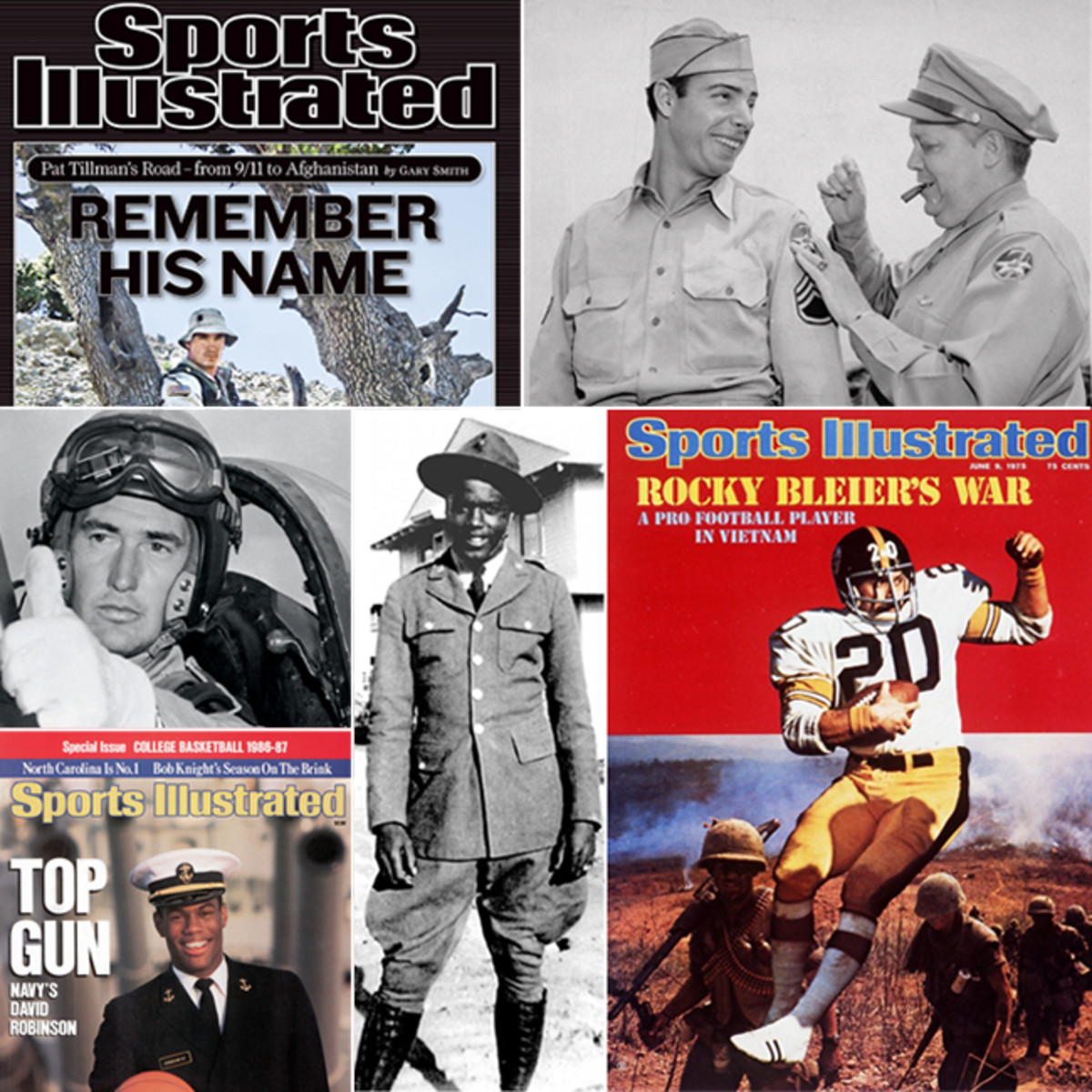
We look up to sports stars for their heroics on the field of play, but many professional athletes are also heroes for their call to duty. These 10 superstars are legends in their sports — and at some point in their careers put their play on hold to serve their country.
This is by no means a complete list. There are many, many more athletes who are also military veterans. Use this slideshow as a starting point to learn more about the athletes in every professional sport who have given back to their country.
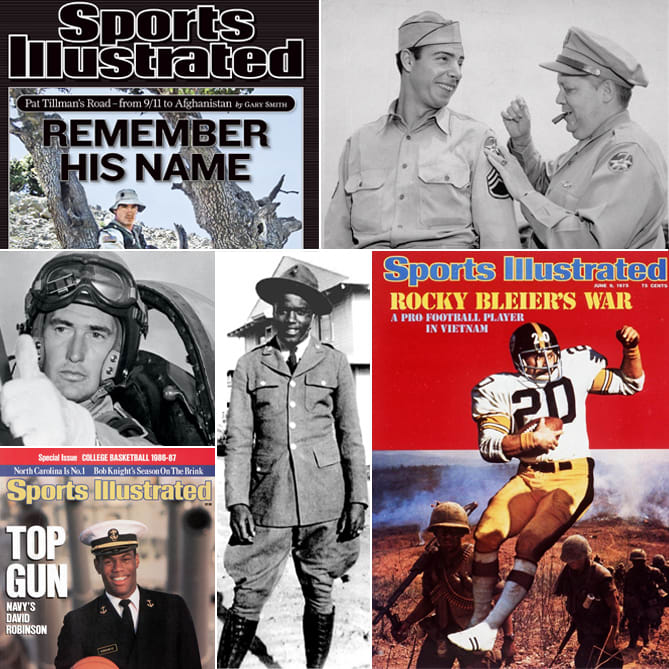
We look up to sports stars for their heroics on the field of play, but many professional athletes are also heroes for their call to duty. These 10 superstars are legends in their sports — and at some point in their careers put their play on hold to serve their country.
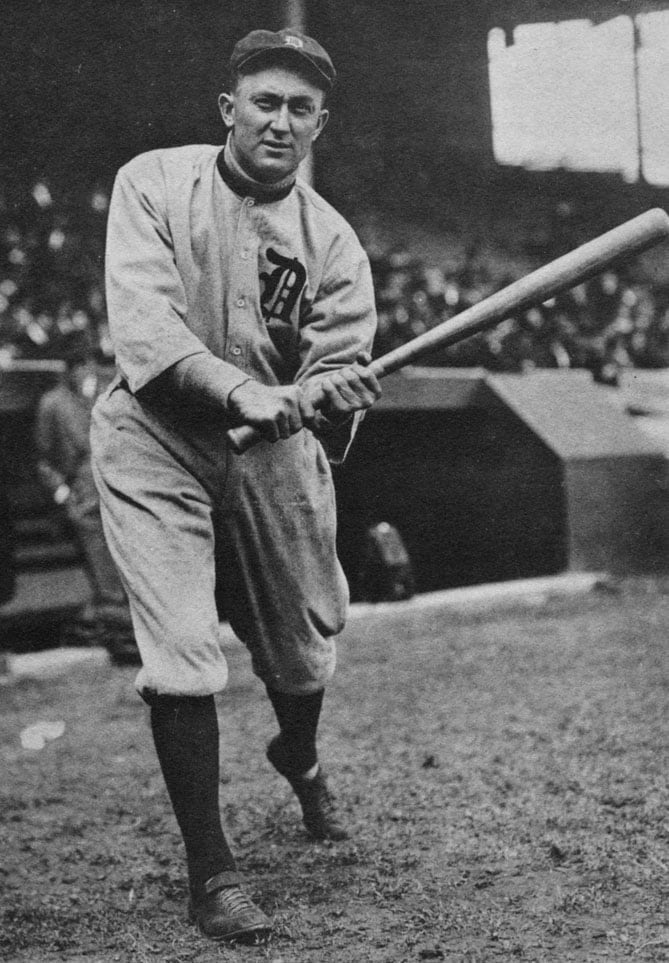
Ty Cobb is one of the greatest players in the history of baseball. He played 23 years in the pros and set a Major League record with 4,191 career hits (which was broken by Pete Rose in 1985). He was also part of the first Hall of Fame class in 1936. But for 67 days in 1918, Cobb served in the Chemical Corps branch of the Army during World War I. He was part of a unit, along with numerous others from baseball, that prepared soldiers for chemical attacks.
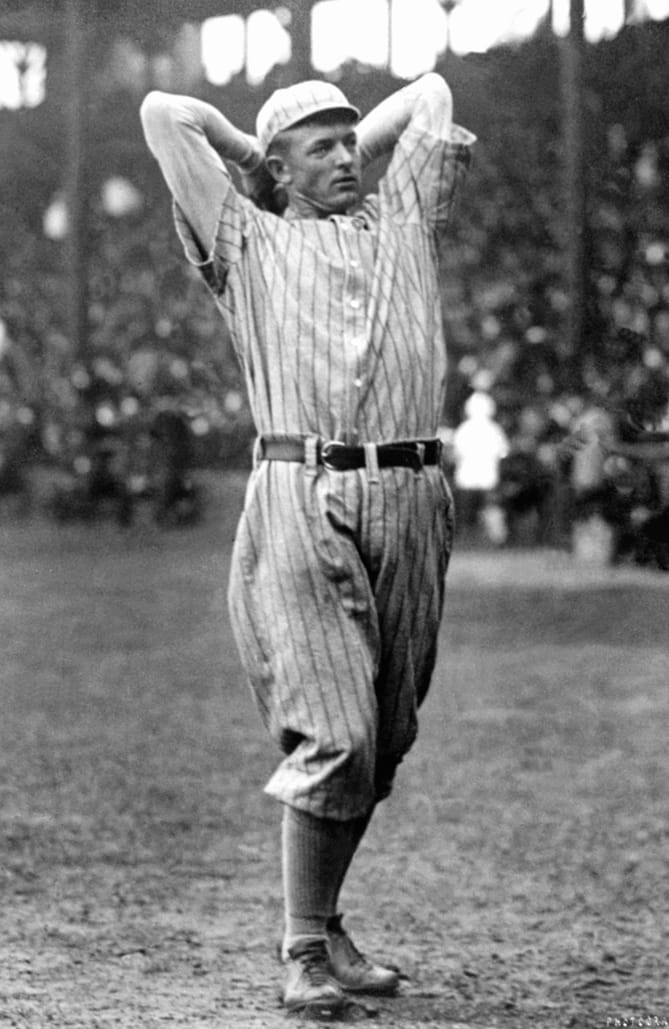
Christy Mathewson pitched for 16 years in the early part of the 20th century, and he was so dominant that he's still near the top of the list of all-time great pitchers. He won 373 games (third all time), threw 79 shutouts (third all time), and had a career 2.13 ERA (eighth all time). He pitched two no-hitters and won a championship in 1905. He was also part of the Baseball Hall of Fame's first class of inductees. A couple years after retiring, Mathewson managed the Reds. But in 1918, as America entered World War I, he enlisted in the Army. Like Ty Cobb, he served in the Chemical Corps. But during training, Mathewson was accidentally gassed. This led to him contracting tuberculosis, an illness that ultimately led to his death in 1925.
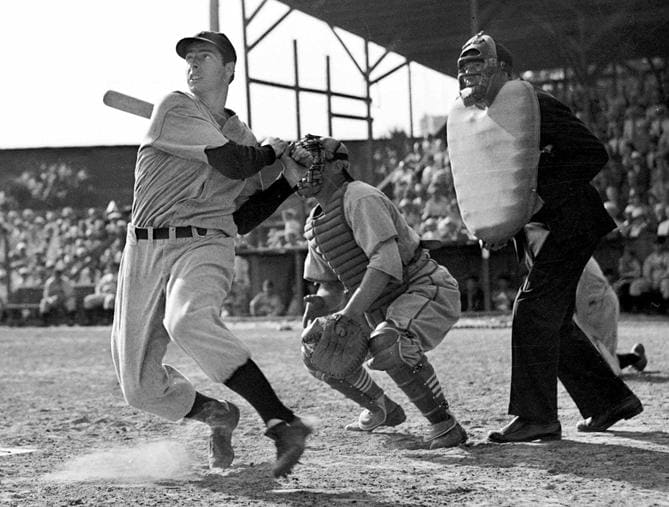
Joltin' Joe is a baseball icon. His 56-game hit streak in 1941 is still a Major League record, and he helped lead the Yankees to nine World Series championships. He was a three-time American League MVP, an 11-time All-Star, inducted into the Hall of Fame in 1955, and selected as a member of Major League Baseball's All-Century Team. In 1943, DiMaggio enlisted in the Army, following many of his baseball brothers into the armed forces during World War II. But he never saw combat. Instead, he was assigned to Special Services and played military ball in an effort to give Americans relief from war.
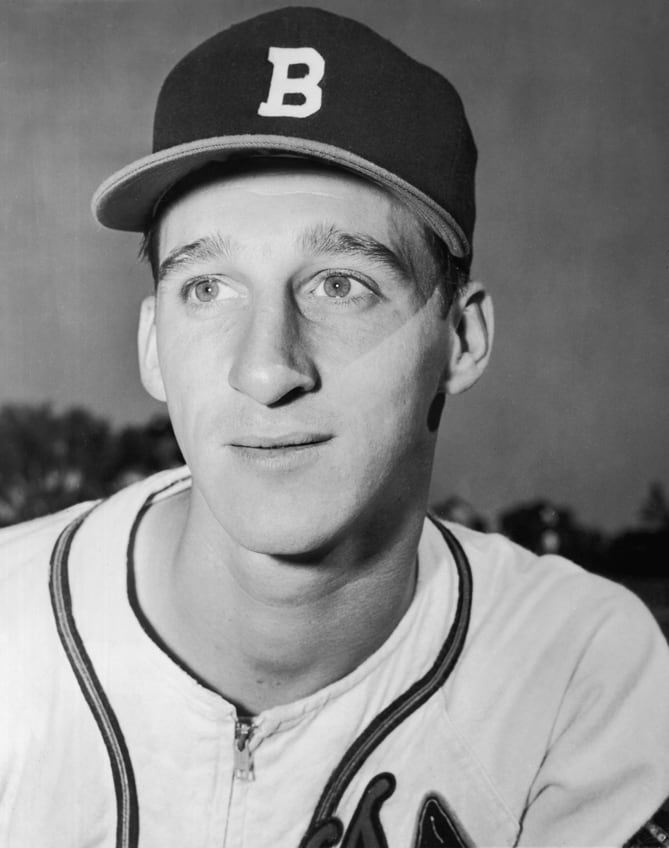
During his 23-year career as a pitcher for the Braves and Giants, Warren Spahn won 20 games or more 13 times. He was a 17-time All-Star, the 1957 Cy Young Award Winner, and finished his career with 2,583 strike outs. Spahn was inducted into the Baseball Hall of Fame in 1973 and named to Major League Baseball's All-Century Team. Like many other ballplayers, Spahn was part of the war effort. He joined the Army in 1942, and like DiMaggio played military ball. But in 1944, he went overseas and fought in the Battle of the Bulge, one of the biggest battles of World War II. In 1945, while patrolling a bridge in Germany, Spahn's unit was attacked by German forces and he was hit by shrapnel in the attack. As a result of his bravery holding the bridge, he received the Purple Heart, Bronze Star, and a promotion to second lieutenant.
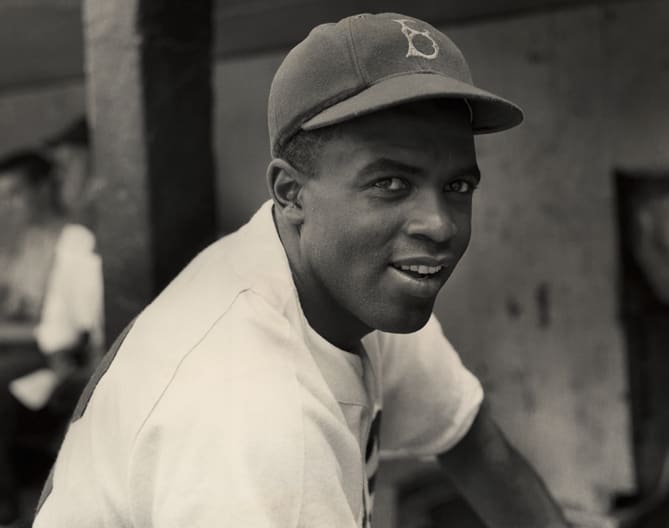
Jackie Robinson is an American legend. He was the first black ballplayer to cross baseball's color barrier when he joined the Brooklyn Dodgers in 1947. And once he got to the majors, he established himself as one of the game's all-time greats. He was the 1947 Rookie of the Year, the 1949 MVP, a six-time All-Star, a two-time National League Stolen Base Champion, and a World Series champion in 1955. He was named to the All-Century Team, and in 1997 his number 42 was retired by every team in baseball. Robinson was drafted into the Army in 1942. He was part of a segregated calvary unit before applying for admission to the Officer Candidate School. In 1943, he was commissioned as a second lieutenant. But after an incident in 1944 where a bus driver ordered Robinson to the back of the bus (an order he refused), he was transferred to another unit and court-martialed. He was acquitted of any wrong doing, but the trial kept Robinson from seeing any combat.
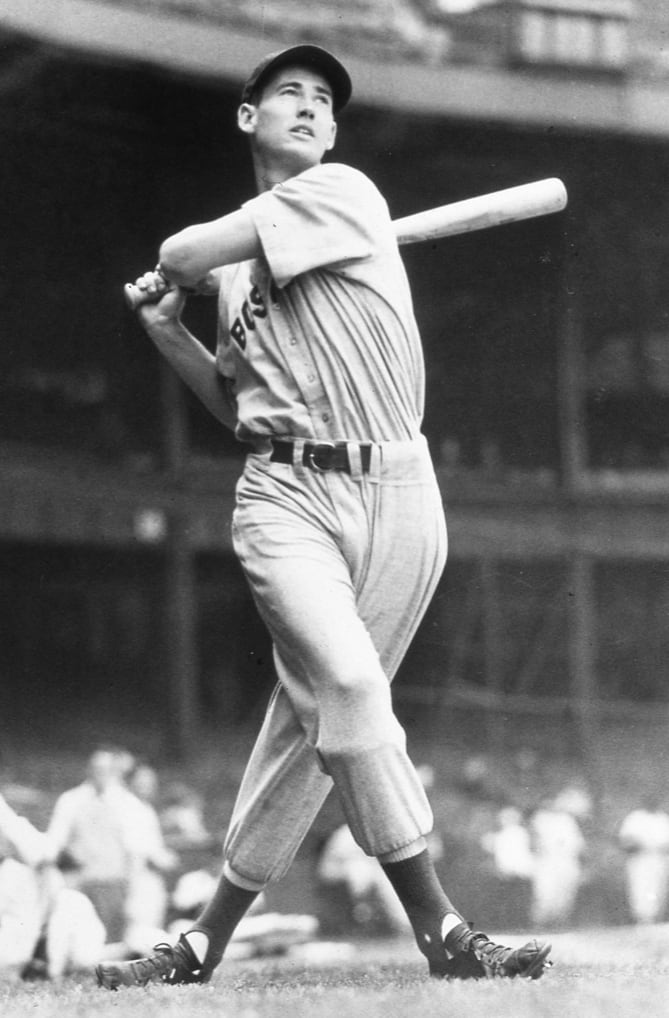
Ted Williams was one of the all-time great hitters to ever play baseball. In 1941, he hit .401 — a batting average no player has been able to top. He was a 19-time All-Star, two-time American League MVP, a two-time Triple Crown winner, and four-time American League home run champ. He was inducted into the Baseball Hall of Fame in 1966 and was named to the All-Century Team and the Major League Baseball All-Time Team. The Kid was drafted into military service in early 1942, and joined the Navy Reserve later that year. In 1943, he was commissioned as second lieutenant by the Marines, and in 1944 became a naval aviator. Like other ballplayers, he played service ball while in the military. Williams was discharged in 1946, but in 1952 was called back to active duty to serve in the Korean War. He served as a captain in the Marines until 1953.
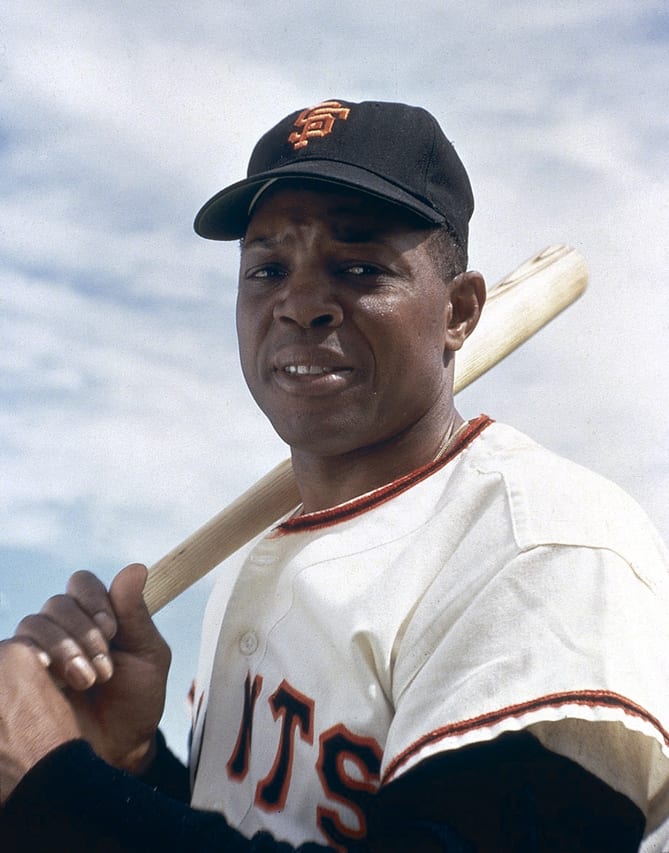
The Say Hey Kid played four years in the Negro Leagues before being signed by the New York Giants in 1951. It was the start of one of the great major-league careers. Mays was the National League Rookie of the Year in1 951, a 12-time Gold Glove Winner, a two-time National League MVP, a 24-time All-Star, and a World Series Champion in 1954. He was inducted into the Hall of Fame in 1979 and named to both the All-Century and All-Time teams. But right as his career began, it was put on hold. Mays was drafted into the Army in 1952 and spent two years in the service before being discharged in 1954.
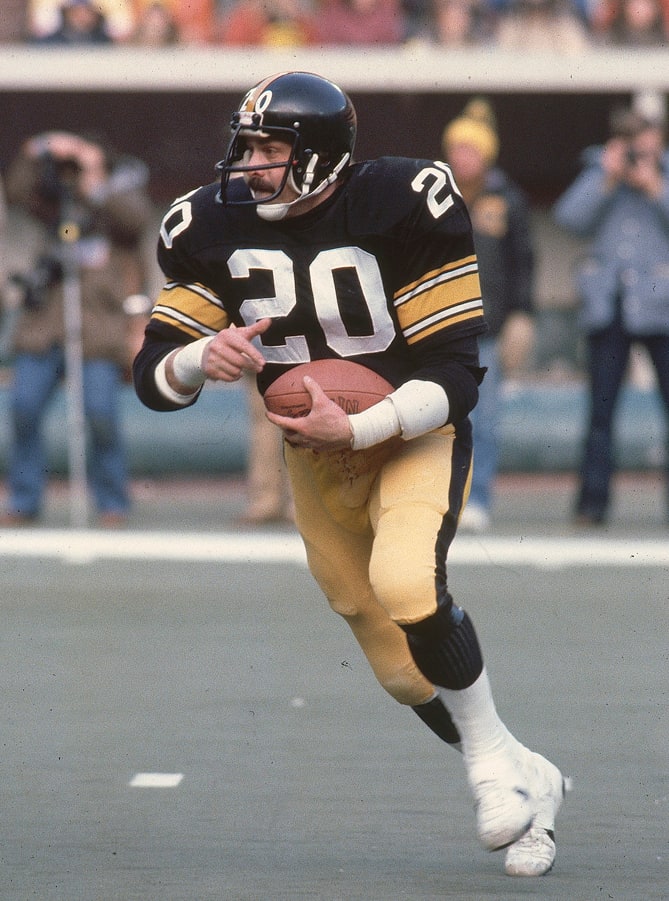
Running Back Rocky Bleier was a college star at Notre Dame, but a 16th-round pick when he jumped to the NFL in 1968. He was selected by the Steelers, and he was part of the team's four Super Bowl championships in the 1970s. But Blier's story almost had a very different ending. After spending one year in the NFL, Bleier was drafted by the Army in 1968 to serve in Vietnam. A year later, during a rescue mission, Bleir's unit was ambushed. He was shot in the leg and shrapnel from a grenade tore through his foot. More than 14 hours after being wounded, Bleier was finally able to receive treatment. Doctors said he would walk again — but his playing days were over. Bleier was determined to play again, and in 1970 rejoined the Steelers. The team put him on Injured Reserve, and he rehabbed his foot. He fought his way back onto the team and helped lead it to four Super Bowl championships.
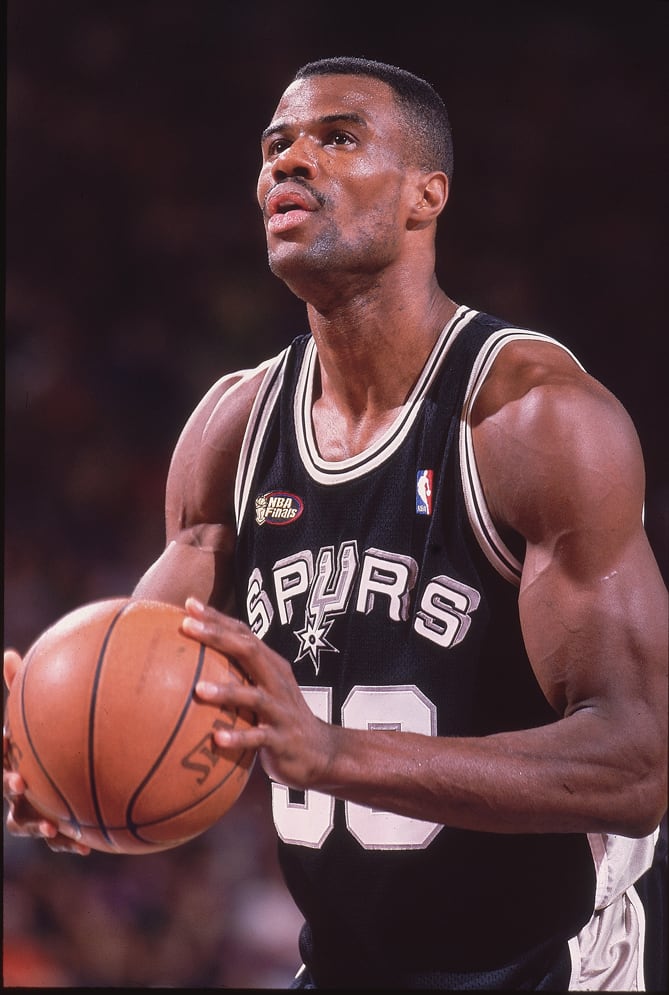
At 7' 1", The Admiral was one of the most dominant centers in NBA history. He played his entire career in San Antonio, winning two titles (in 199 and 2003). Robinson was the Rookie of the Year in 1990, the NBA scoring champion in 1994, the MVP in 1995, and a 10-time All-Star. He was named to the NBA's 50th Anniversary All-Time Team and was a member of the legendary Dream Team that won the gold medal at the 1992 Summer Olympics in Barcelona. Robinson earned his nickname, the Admiral, during his time at the U.S. Naval Academy, where he attended college. Despite distinguishing himself as one of the greatest basketball players of his generation — and being drafted by the Spurs in 1987 — the Navy had a five-year service requirement for Academy graduates. But because of how tall he was, it was difficult for Robinson to serve on a naval vessel. Instead, his obligation was reduced to two years and he served as a civil engineering officer in Georgia.
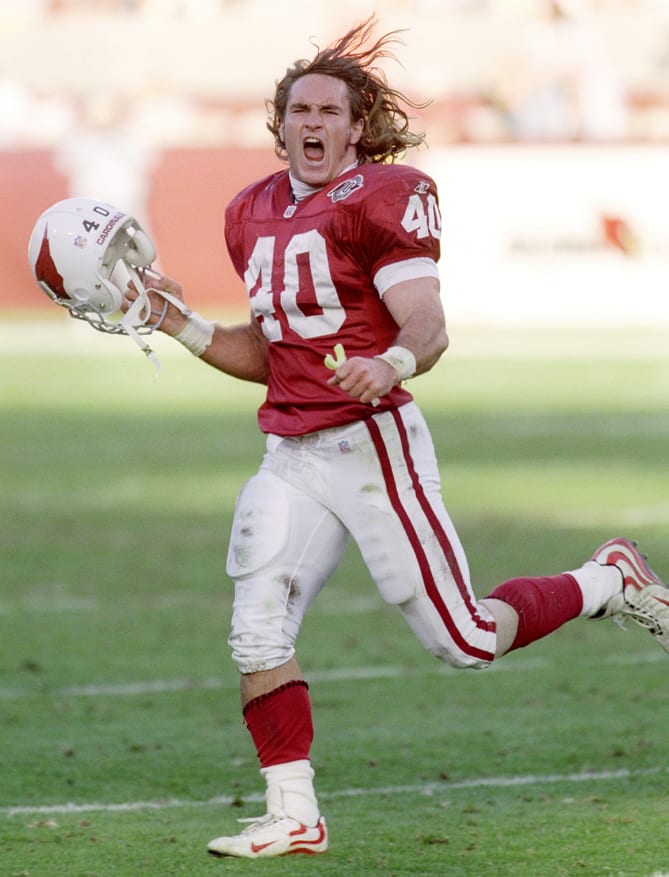
Pat Tillman was the Pac-12 Defensive Player of the Year in 1997 and was drafted by the Arizona Cardinals in the seventh round of the 1998 NFL Draft. He played safety for the Cardinals for four seasons. But after September 11, 2001, Tillman left the team to join the military. He enlisted in the Army in 2002 and soon joined the elite Rangers. Tillman served tours of duty in Iraq and Afghanistan. But in 2004, he was killed in Afghanistan in a friendly fire incident.
